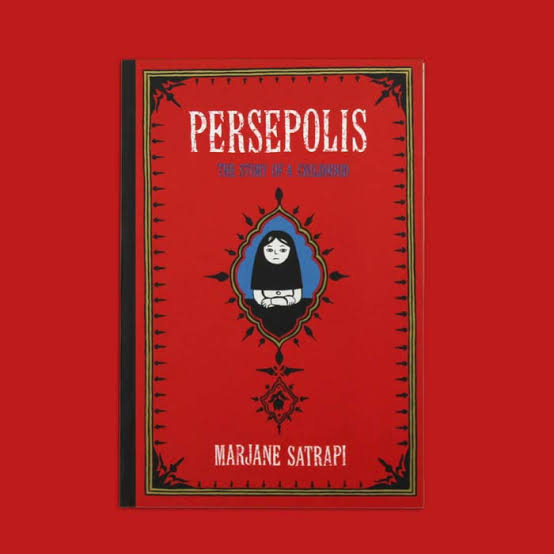One way to assist high school students think critically, be creative, and understand more about the world around them is to find the greatest books for them. This carefully chosen list of the 10 finest books for high school kids has a fair mix of classics, new fiction, and vital nonfiction that will help them with their coursework and help them grow as people. We chose each book carefully so that it would provide kids concepts that would make them think, diverse points of view, and relevant historical or cultural settings that would help them read and understand better.
These books get students talking about deep things, make them think with complex characters and stories, and teach them essential lessons that they can use outside of school. It’s crucial for today’s kids to read each of the books on this list. They all talk about things like who you are, how heavy social norms are, and the age-old topic of what is right and wrong. The options also fit with what the curriculum needs and are fun enough to make youngsters want to read. This list features the best and most helpful books for instructors, parents, and kids who wish to read something fascinating and informative. This guide contains the finest books for high school students to read, which will help them build a strong reading foundation that will help them do well in school and keep learning throughout their careers.
Top Ten Best Books To Read For High School Students
10. Monster by Walter Dean Myers
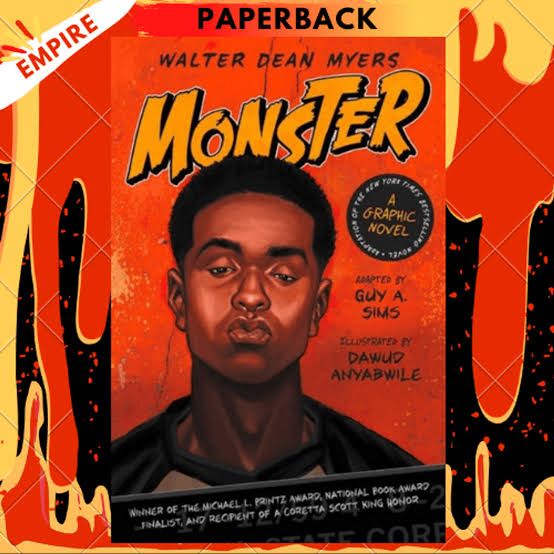
Monster is a gripping courtroom drama that explores truth and identity through a unique combination of screenplay format and journal entries. Steve Harmon, a Black teenager on trial for murder, becomes both actor and narrator in his own story. The text asks complex questions: what defines a person? How does the justice system shape our image of guilt? Myers’s blend of formats breaks traditional narrative molds and invites students to reflect on perspective, bias, and self-perception.
This novel is ideal for fostering critical analysis and sparking classroom debate on race, media influence, and morality. It resonates with young readers caught in the shifts between who they are and how they’re perceived. With powerful emotional resonance and a distinctive storytelling structure, *Monster* challenges high school students to think about personal identity, systemic injustice, and the realities of growing up in a society shaped by assumptions.
9. The Outsiders by S. E. Hinton

Created by a seventeen-year-old author, *The Outsiders* transformed young adult literature by giving voice to teenage struggles against social division, peer pressure, and existential angst. Ponyboy and his gang, the greasers, embody the tension of teenage life shaped by class, silence, and violence. The narrative remains relevant in its honest portrayal of loyalty, fragility, and the search for meaning.
Educators can use it to connect students with themes like economic inequality, mental health, and the longing for belonging. Its inclusion in school curricula confirms its lasting relevance and emotional impact. The novel’s clear voice and emotional depth continue to inspire students to understand people beyond their appearances, emphasizing empathy, understanding, and the human connection that cuts across all backgrounds.
8. The Perks of Being a Wallflower by Stephen Chbosky

Told entirely through letters from introverted Charlie, this novel dives into the emotional currents of high school life – from mental health and trauma to first love and friendship. Charlie’s voice is intimate and raw. He navigates grief, identity, and belonging while learning to find his place. The novel’s exploration of self-discovery and emotional resilience resonates deeply with teens confronting their own complexities.
Educators appreciate its candid approach to wellness and identity, offering students a chance to see their struggles reflected authentically. The themes of growing up, emotional vulnerability, and acceptance make it more than just a teen novel. It serves as a mirror for readers navigating the turbulence of adolescence, making it one of the most relatable and impactful books for high school students.
7. The Hunger Games by Suzanne Collins
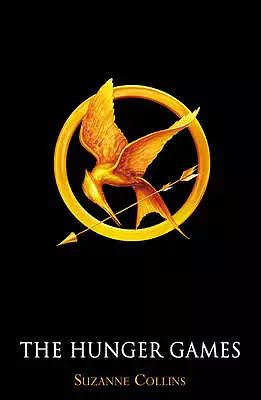
This dystopian thriller centers on Katniss Everdeen, a teen forced into a brutal televised survival contest. Beneath the action lies commentary on authoritarian control, socioeconomic inequality, and personal courage. The story inspires discussions about resilience, ethics, and the impact of media. Students respond to Katniss’s strength and morality, while teachers appreciate the novel’s ability to make abstract political issues tangible.
The plot’s pace, high stakes, and emotional depth keep readers engaged while layering lessons in empathy and systemic critique. *The Hunger Games* challenges high school readers to think critically about power structures, the role of media, and the value of human dignity, all while keeping them captivated through suspenseful storytelling.
6. The Absolutely True Diary of a Part-Time Indian by Sherman Alexie
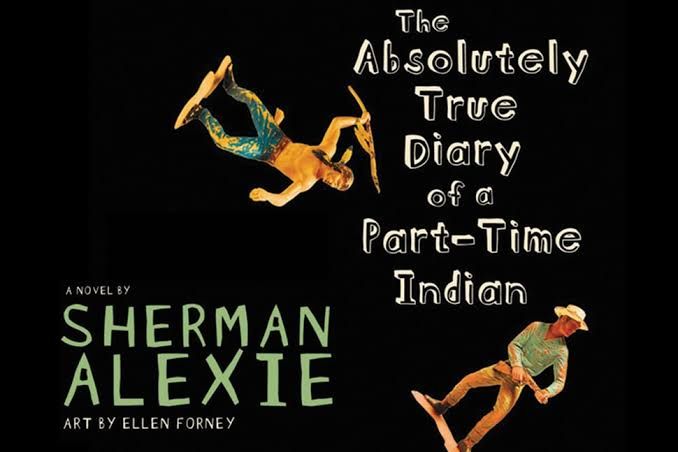
Alexie’s semi-autobiographical novel chronicles Junior’s move from his Spokane reservation to an all-white high school, exploring issues of racism, poverty, identity, and hope. Illustrated with humorous cartoons, Junior’s story is poignant and relatable. His struggles underscore the resilience required to break cycles and pursue dreams.
This novel introduces students to Native American culture, systemic inequity, and the power of hope—all while balancing levity with depth. Its frank approach offers both comfort and challenge, prompting reflection on privilege, belonging, and self-worth. It’s a standout choice for building cultural awareness and emotional literacy in high school students.
5. Persepolis by Marjane Satrapi
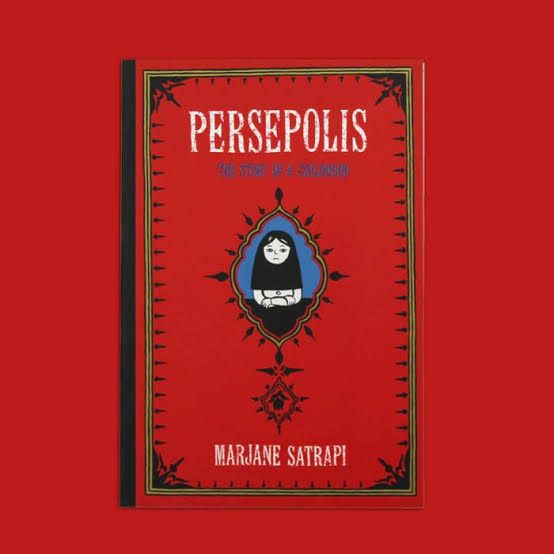
A graphic memoir set during and after the Iranian Revolution, *Persepolis* tells Marjane’s journey from childhood to young adulthood. The stark black and white art carries powerful emotional weight as Marjane faces war, political upheaval, and exile. Themes span identity, cultural collision, resilience, and the meaning of home.
The graphic format appeals to visual learners while offering historical insight. Teachers can use it to highlight tolerance, history, and personal growth. Students often relate deeply to Marjane’s humor, rebellion, and emotional honesty, making it a bridge to global awareness. It remains a compelling and educational resource that helps readers connect personal experiences with historical and political realities.
4. Stargirl by Jerry Spinelli

Stargirl is a celebration of individuality and the courage to stand apart. Stargirl Caraway is quirky, spontaneous, and unapologetically herself. Her arrival at Mica High shakes the rigid norms of popularity, forcing characters and readers to consider what it means to be real. The novel explores themes of non-conformity, kindness, social acceptance, and the cost of fitting in.
For teens navigating complex social environments, it offers a refreshing narrative that celebrates authenticity and personal integrity. Stargirl’s emotional journey challenges students to embrace uniqueness, resist peer pressure, and reflect on the meaning of true acceptance and friendship in a world that often rewards conformity.
3. To Kill a Mockingbird by Harper Lee
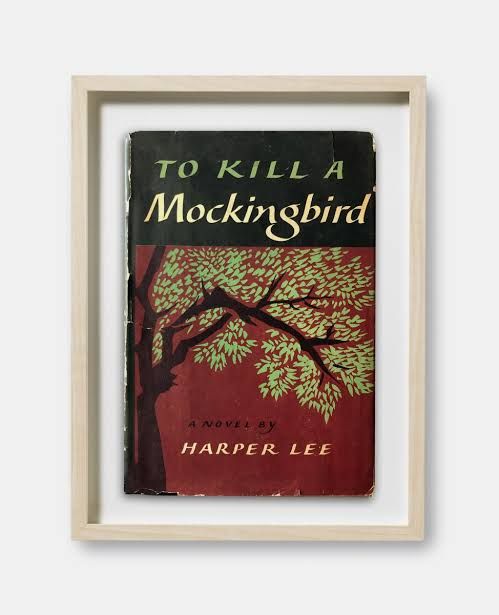
This enduring classic examines racial injustice, moral conscience, and empathy in 1930s Alabama. Through Scout’s innocent eyes, readers confront prejudice, courage, and the struggle to uphold justice. Atticus Finch embodies moral clarity, while Scout and Jem face harsh truths about humanity.
The novel remains profoundly instructive, prompting still relevant discussions about equity, integrity, and civic responsibility. As a cornerstone of American literature, it challenges students to confront societal wrongs and their own ethical compasses. Its continued presence in high school curricula affirms its importance in shaping young minds toward fairness, compassion, and moral accountability.
2. The Catcher in the Rye by J. D. Salinger

Holden Caulfield’s candid, disillusioned voice revolutionized teenage fiction. As he wanders New York City, Holden grapples with alienation, authenticity, and the loss of innocence. His cynical take on society strikes a chord with teens facing identity crises. The novel’s exploration of mental health, rebellion, and vulnerability remains deeply impactful.
In classrooms, it offers a springboard for conversations about emotional well-being, authenticity, and the challenges of growing up. *The Catcher in the Rye* remains one of the most frequently discussed novels among high school students, offering a profound exploration of the human experience during adolescence.
1. The Hate U Give by Angie Thomas
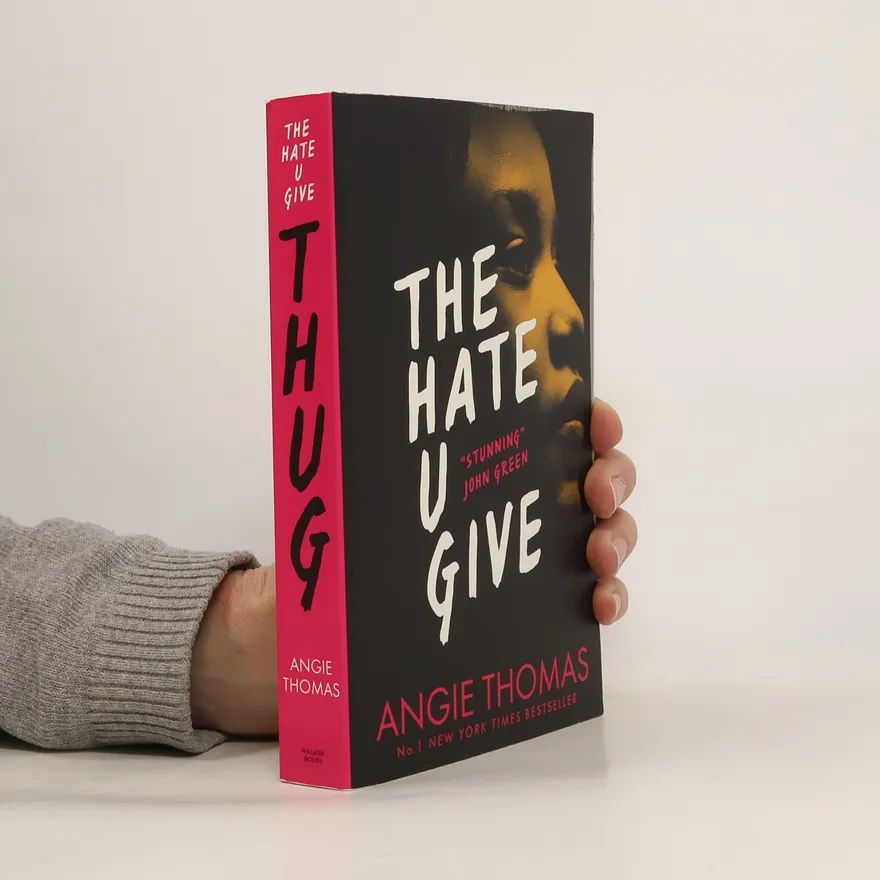
Topping the list, *The Hate U Give* is a powerful, timely novel that speaks directly to issues of race, identity, and activism. Starr Carter witnesses the police killing of her friend Khalil and must navigate two worlds—her Black neighborhood and her prep school. Themes include systemic racism, police brutality, the power of voice, and community resilience. Starr’s journey toward activism demonstrates how everyday teens can choose courage. The book held the top spot on the young adult best-seller list and sparked vital dialogue about justice and inclusion. Its authentic teenage voice, rich cultural context, and social relevance make it a must-read in modern classrooms and essential for any high school reading list. The novel empowers students to find their voices and become agents of change in their own communities.

